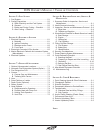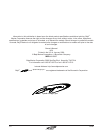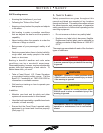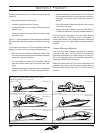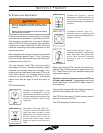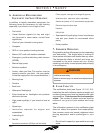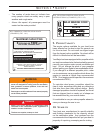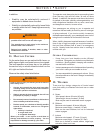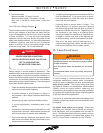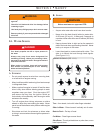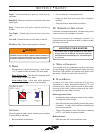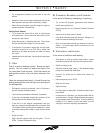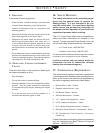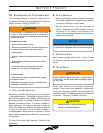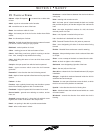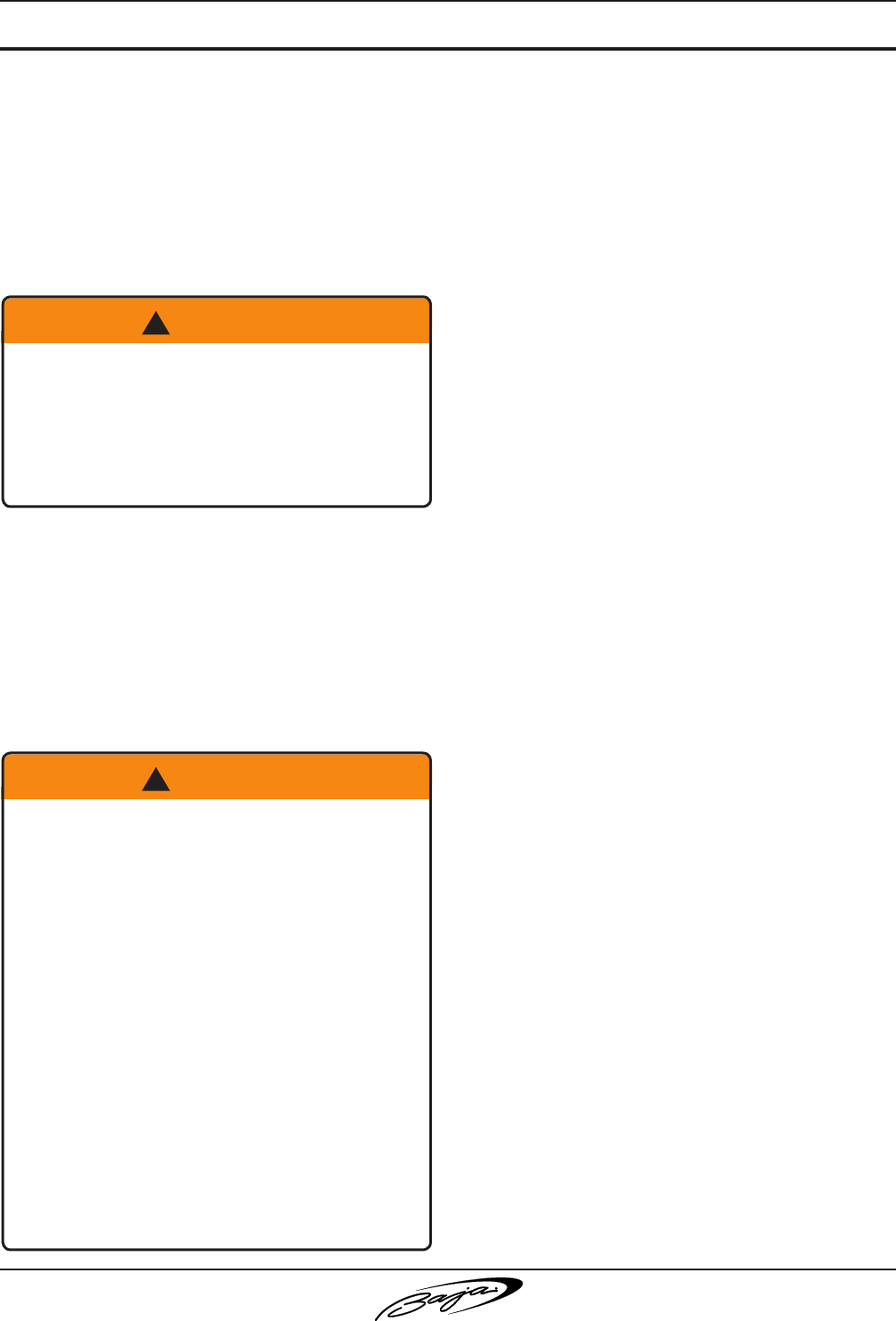
H2X
®
1.7
SeCtion 1 • SaFety
R
Speed changes you.
TM.
11. MainTain conTrol
On the water there are no marked trafc lanes, no
trafc signs or lights, and boats have no turn signals.
The boat operator must keep her or his attention
focused not only on what's ahead but what's on the
left, right and behind the boat.
Observe the safety rules listed below:
In addition:
• Stability may be substantially reduced if
equipment is added above the deck.
• Stability is substantially reduced by loose uids
or weight within the hull. Keep bilge area as dry
as possible.
The operator must always be alert to approaching boats
(from the rear, right and left sides, as well as those
ahead). In addition, the operator must be on the lookout
for people in the water, partially submerged debris, and
other navigational hazards such as rocks, sand bars,
and dangerous currents, to name a few.
Your passengers are relying on you to operate and
maneuver the boat safely so that they are not in danger
of going overboard. If you turn too quickly, increase or
decrease speed abruptly, your passengers are at risk of
being thrown overboard or thrown about the boat.
When visibility becomes impaired because of weather,
time of day or high bow angle you must slow down so
that you have sufcient time to react if an emergency
occurs. Nearby boats face similar risks in avoiding a
collision with you.
General consiDeraTions
• Know how your boat handles under different
conditions. Recognize your limitations and the boat's
limitations. Modify speed in keeping with weather,
sea and trafc conditions.
• Instruct passengers on the fundamentals of operating
your boat in case you are unable to do so.
• You are responsible for passengers' actions. If they
place themselves or the boat in danger immediately
correct them.
12. WeaTher
There are four design categories of boats based
upon their ability to withstand wind and sea or water
conditions:
A. Ocean
Wind speed: above 40 knots (46 mph)
Wave height: above 4 meters (13 feet)
Boat may be used for extended ocean voyages.
B. Offshore
Maximum wind speed: 40 knots (46 mph)
Maximum wave height: 4 meters (13 feet)
Boat can be used offshore, but not for extended
ocean voyages.
C. Inshore
Maximum wind speed: 27 knots (31 mph)
Maximum wave height: 2 meters (6.5 feet)
Boat use is limited to coastal waters, large bays,
estuaries, lakes and rivers.
Distribute passengers and gear as uniformly as
possible from front to rear and left to right.
The manufacturer's load rating is the maximum
allowed under calm conditions.
Reduce boat loading if weather, water or other
conditions are adverse.
! WARNING
Death or serious injury can result if you fail to observe
these safety rules:
• Anyone who controls the boat must have taken
a boating safety course and have been trained in
the proper operation of the boat.
• Always operate the boat at speeds that will not
put people or property in danger.
• Be constantly aware of conditions in all directions
when underway and before turning.
• Reduce speed, use a lookout to identify possible
hazards or difculties, and turn on navigation
lights when:
- visibility is impaired;
- in rough water; and
- in congested waterways.
•Watch your wake. It can capsize a small boat or
damage moored boats or other property. You are
responsible for damage caused by your wake.
! WARNING



